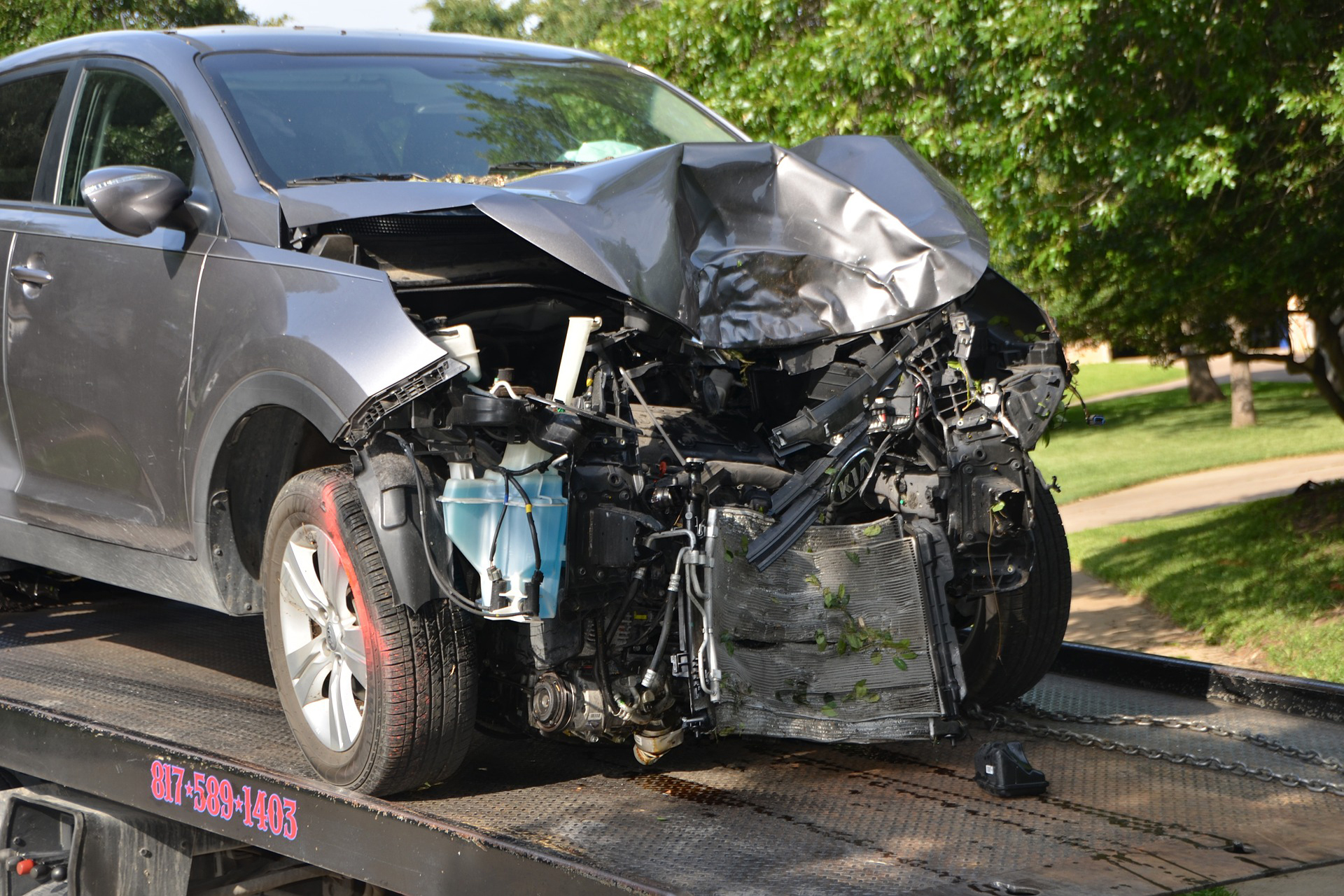Vehicle Malfunctions: Safety Tips and Solutions
Mechanical malfunctions can be hazardous. However, if the driver remains calm and follows the proper steps, they can reduce their severity.
Brake failure:
- Remain calm! Do not panic.
- Try the brakes again. Pumping them may restore braking power.
- Change the gear to a lower gear; the engine will automatically cause the vehicle to slow down.
- If the driver fails to restore it, try the emergency brake. Most cars have this, and it works separately from the primary brakes.
- Be careful when using emergency brakes. The wheels may lock up and go into a skid.
- Signal for help and flash the hazard lights.
- Do not turn off the car until the driver has come to a complete stop.
- Have them professionally checked before continuing.
Prevention:
- Ensure the brakes and vehicles are regularly maintained.
- Test the brakes before every ride by pumping them.
- Be sure to use the parking brake when stopped, not the primary brakes.
Experience a brake failure in an automatic car:.
It can be a scary situation, but there are steps drivers can take to keep themselves safe.
The driver must do the following:
- Stay calm and keep your eyes on the road.
- Downshift to a lower gear to slow the car down.
- Engage the emergency brake slowly, but do not pull it too hard.
- Use your horn and flash your lights to alert other drivers.
- If you cannot slow the vehicle down, try to steer to a safe place off the road and into an open area like a field or a parking lot.
- Contact a tow truck to take your car to a mechanic for brake repairs.

Tire blowout:
Blowouts can be dangerous, especially at high speeds, and may cause the driver to lose control of the vehicle.
It is essential, too:
- Have a good grip on the steering wheel.
- Let go of the accelerator and gradually brake.
- Do not slam on the brakes; this will cause the driver to lose control.
- Gradually stop on the side of the road after indicating.
- Turn on the hazard lights.
Prevention:
- Ensure the tires have proper pressure per the manufacturer's guidelines before every drive.
- Keep an eye out on the road to avoid obstacles and pot-holes.
If you experience a tire blowout while driving an automatic car:
You need to remain calm and follow these steps:
- Keep your hands firmly on the steering wheel and avoid sudden movements.
- Slowly release the gas pedal and let the car slow down gradually.
- Avoid braking suddenly and steer the vehicle to a safe place off the road.
- Turn on your hazard lights to alert other drivers.
- Contact a tow truck to take your car to a mechanic to replace the blown tire.
Steering failure:
- The driver should try to stop as quickly as possible.
- Let go of the accelerator and gradually press on the brake.
- Since the driver has no steering control, they will likely lose control while braking.
- Warn other drivers and turn on the hazard lights.
- Keep the hands away from the middle of the steering wheel; the airbag explosion can break the hands.
Prevention:
- Look out for a shaky, loose, or vibrating steering wheel. These are sure warnings of a failing steering wheel.
- Check for leaking fluids underneath the vehicle before driving. It may be the steering hydraulic fluid.
- Regularly maintain the car professionally.
If you experience a steering failure in an automatic car, take these steps:
- Remain calm and keep your eyes on the road.
- Slow down the vehicle by taking your foot off the gas pedal and using the brakes.
- Try to steer the car to a safe place off the road.
- Turn on your hazard lights to alert other drivers.
- Call a tow truck to take your vehicle to a mechanic for repairs.

Hood flies up:
If the hood flies up, it will hamper the visibility significantly.
The driver must:
- Do whatever they can to restore visibility.
- Look outside the window or the gap between the dashboard and the hood.
- Concentrate on regaining control of the vehicle.
- Slowly and gradually, apply the brake and come to a complete stop on the side of the road.
- Turn on the hazard lights.
Note:
- Do not suddenly apply the brakes to make it go back down, as this may result in getting rear-ended.
- Do not try to push it back down with your hands while driving, and the wind will not allow the driver to do this.
Prevention:
- Do not forget to latch the hood if it opens.
If your hood flies up while driving an automatic car, here's what you should do:
- Remain calm and keep your eyes on the road.
- Slow down the vehicle by taking your foot off the gas pedal and using the brakes.
- Try to steer the car to a safe place off the road.
- Turn on your hazard lights to alert other drivers.
- Get out of the vehicle and secure the hood if it is safe.
- Call a tow truck to take your car to a mechanic for repairs.
Engine stalls:
If the engine stalls while driving, the driver must:
- Remain calm.
- Shift the car into neutral and maintain control of the vehicle.
- Indicate and slowly stop in a safe spot on the road.
- Turn on the hazard lights.
- Try to restart the car in the correct gear.
Prevention:
- Be careful with the clutch in a manual car. Too little clutch application can cause it to stall.
- Be sure to lubricate the necessary parts in the vehicle.
- Allow the engine to warm up before driving. Be sure to do this in winter conditions.
If your engine stalls while driving an automatic car, take these steps:
- Pull over to the side of the road safely, using your brakes and hazard lights.
- Try to restart the engine, but if it doesn't work, do not keep trying.
- Contact a tow truck to take your car to a mechanic for repairs.
Sticky pedals:
If the pedals are stuck or blocked, the driver must:
- Shift into neutral to ensure the driver does not accidentally accelerate.
- Turn on the hazard lights.
- Attempt to remove the pedal's obstacle or try to unstick it by pushing it from the other side with the foot.
- Try to come to a stop carefully.
Prevention:
- Be sure there are no loose objects that may impede the pedals
- Lubricate the pedals regularly
- Ensure there is no ice build-up near the pedals
If you have a sticky accelerator pedal while driving an automatic car, follow these steps:
- Remain calm and keep your eyes on the road.
- Take your foot off the gas pedal.
- Use your brakes to slow down the car.
- Move the accelerator pedal with your hand or foot to see if it is stuck.
- If you can't unstick the pedal, safely pull over to the side of the road, turn off the engine and call for assistance.
